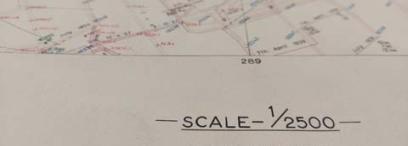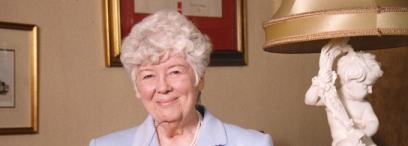Waitangi Day is celebrated in New Zealand to commemorate the signing of New Zealand's founding document, The Treaty of Waitangi, on 6 February 1840. The Treaty, signed at Waitangi in the Bay of Islands by representatives of the British Crown and more than 40 Māori chiefs, established a British Governor of New Zealand. It also gave the Māori the rights of British subjects as well as recognising their ownership over lands, forests and other properties. The Māoris, in return, ceded New Zealand to Queen Victoria, giving her government the sole right to purchase land.
The signing took place in the grounds of James Busby's house, now known as Treaty House. He was the British Resident of New Zealand,and enjoyed mixed success in his attempts to resolve conflict between the Pākehā settlers and Māori populations and to advance trade. His role as kaiwhakarite, or intermediary, with the Māori was not completely effective in easing tensions, but it did lead to Māori acceptance of future British interventions.
Born in St Cuthbert's parish, Edinburgh, Scotland, on 7 February 1802, James was the son of John Busby, a surveyor. The family emigrated in 1824 to New South Wales on his father's appointment as colonial mineral surveyor and engineer.

The baptism entry of James Busby
Statutory Register of Births, National Records of Scotland, 1802, 685/2
In 1833 James arrived in New Zealand as official British Resident. During his short stay he led important changes. He was instrumental in the creation of New Zealand's national flag, and the following year he drafted The Declaration of the Independence of New Zealand, which was signed by 35 chiefs in October 1835, emphasizing their sovereign independence. Towards the end of his stay James co-authored the Treaty of Waitangi with William Hobson, the first Governor of New Zealand, and it was signed on 5 and 6 February. He also helped introduce the cultivation of vines in New Zealand. He died in 1871 in England.


